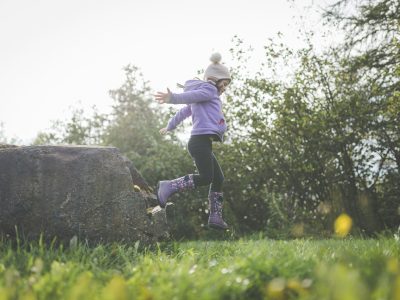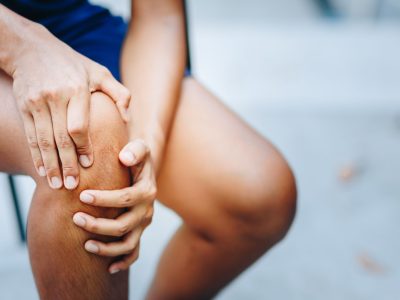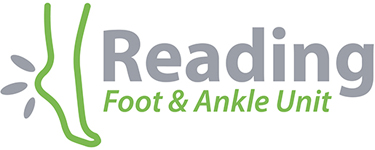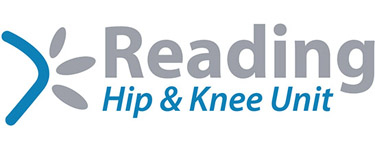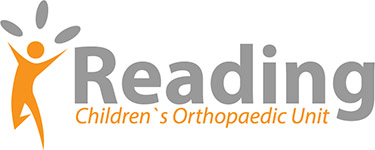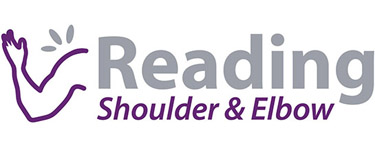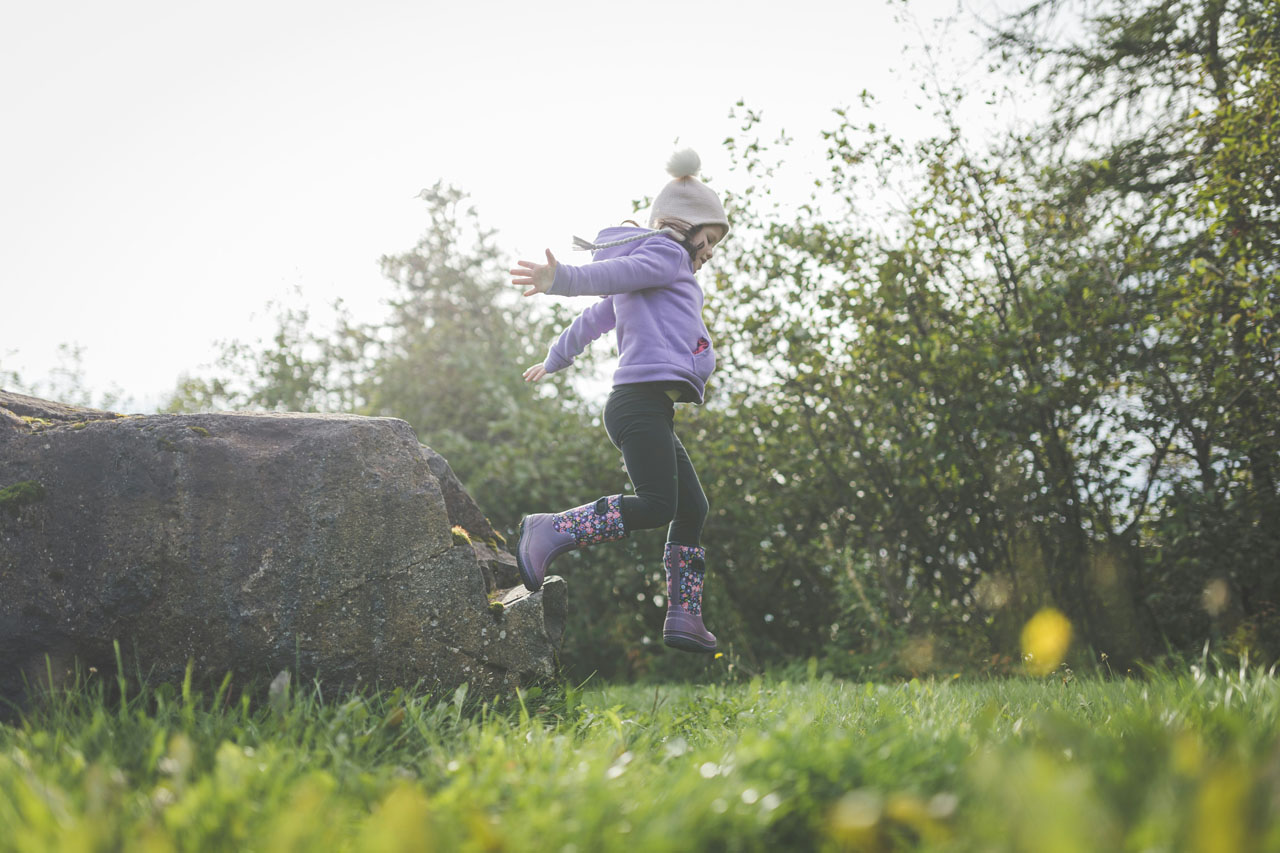
A Bright Future for Children’s Trauma and Orthopaedic Research in the UK
In recent years, the landscape of children’s Trauma & Orthopaedic research in the UK has witnessed remarkable growth and innovation.
Clinical research is the systematic study of human health to develop and evaluate medical treatments, and preventive measures, ensuring their safety and effectiveness.
The recent 2024 update from the TOTS (Trauma and Orthopaedic Trials in Children – www.TOTSresearch.org) Research Group paints a vivid picture of an area that is not only advancing rapidly but is also setting new benchmarks in paediatric healthcare. This progress is vital as it directly impacts the quality of life for thousands of children and their families facing trauma and orthopaedic challenges.
A Collaborative Research Environment
One of the standout features highlighted in the update is the unprecedented level of collaboration across UK hospitals and now additionally, international centres . Spearheaded by Prof. Dan Perry who has ignited the spark with his incredible drive and enthusiasm, clinicians, academics and healthcare providers are working hand-in-hand, sharing knowledge, data, and resources. This collaborative spirit is crucial because it accelerates the recruitment of patients to powerful multicentered, randomised controlled trials. This pace of discovery will ensure that new treatments and interventions are grounded in a comprehensive, and real-world evidence base.
This teamwork guided by the work of the BSCOS group and past president Tim Theologis has also fostered a more integrated approach to research, where findings in one area of children’s trauma & orthopaedics can quickly inform and enhance practices in others.
The recent FORCE trial looking at the management of distal radius torus (buckle) fractures is an example of how multiple centres and specialties within those hospitals have worked together for the common good. The results, and conclusions are so powerful and significant they were recently published in The Lancet (Journal Impact factor = 98.4, which for those who don’t know is massive !) If the recommendations are followed in emergency departments and minor injuries units across the UK, it will have gargantuan cost effective savings for the NHS.
Innovation at the Core
The UK’s commitment to fostering an environment where innovation can thrive is evident in the increased funding for research and development, as well as the growing number of clinical trials specifically focused on pediatric trauma & orthopaedics. Science,
Crafft, CRAFFT Study – CRAFFT Study Big Boss About the Study – BIG BOSS Study, Odd-socks. About the Study – ODD SOCKS Study Non-stop ISRCTN – ISRCTN83315571: Operative or non-surgical treatment of Perthes’ disease– to name a few. Click on the hyperlinks for more information about the individual studies
These trials are essential for studying different treatments and management strategies and ensuring they are safe and effective for children. These trials also have offered and continue to offer the API scheme (associate principal investigator) through the NIHR, which looks to encourage engagement in research. The API scheme is open to any health and care professional willing to make a significant contribution to the conduct and delivery of a study at a local level over a period of six months. If you are interested in being an API there is more information here :
Patient-Centered Research
Another significant highlight is the emphasis on patient-centered research. More than ever before, research in children’s trauma & orthopaedics is guided by the needs and experiences of patients and their families. The BSCOS research group should be commended for this as this shift ensures that the research is not just theoretically sound, but also practically relevant.
Parents and young patients are increasingly involved in the whole research process, from shaping the questions that are asked to providing feedback on the interventions being tested. This engagement helps to ensure that the outcomes of research directly improve patient care and meet the real-world needs of children and their families.
What’s even more impressive is the investigation and unpicking of how we recruit patients mad families into these studies so that we can always look to improve our approach.
Global Leadership and The Future
The UK is not just keeping pace with global developments in children’s trauma & orthopaedics; it is leading the charge.
Its research output is influencing practices worldwide. This output is not only prolific but also highly respected, with UK-based studies frequently cited by international peers.
Looking ahead, the future of children’s trauma and orthopaedic research in the UK is incredibly bright. With ongoing investments in research infrastructure, continued collaboration across teams and disciplines, and a lasting commitment to patient-centered care, the UK is well-positioned to make even more groundbreaking progress.
These advancements will not only improve the lives of children in the UK but will also have a global impact, setting new standards in pediatric trauma and orthopaedic care.
Summary
The UK’s research community is building a foundation today that will support healthier, more resilient children tomorrow, ensuring that the UK remains at the forefront in this vital area of healthcare.
Mr Nev Davies FRCS (Tr & Orth.)
Consultant in T&O
Royal Berkshire Hospital
Reading
Mr Davies is the Children’s Trauma & Orthopaedic research lead and is passionate about improving the health of his young patients through innovation, research and best evidence based practice.
In Reading, our subspecialty has a New Fellowship Post in children’s trauma and orthopaedics with an emphasis on specialist paediatric knee surgery – for more information or to arrange a visit to the department contact us directly at nevdavies.secretary@gmail.com


